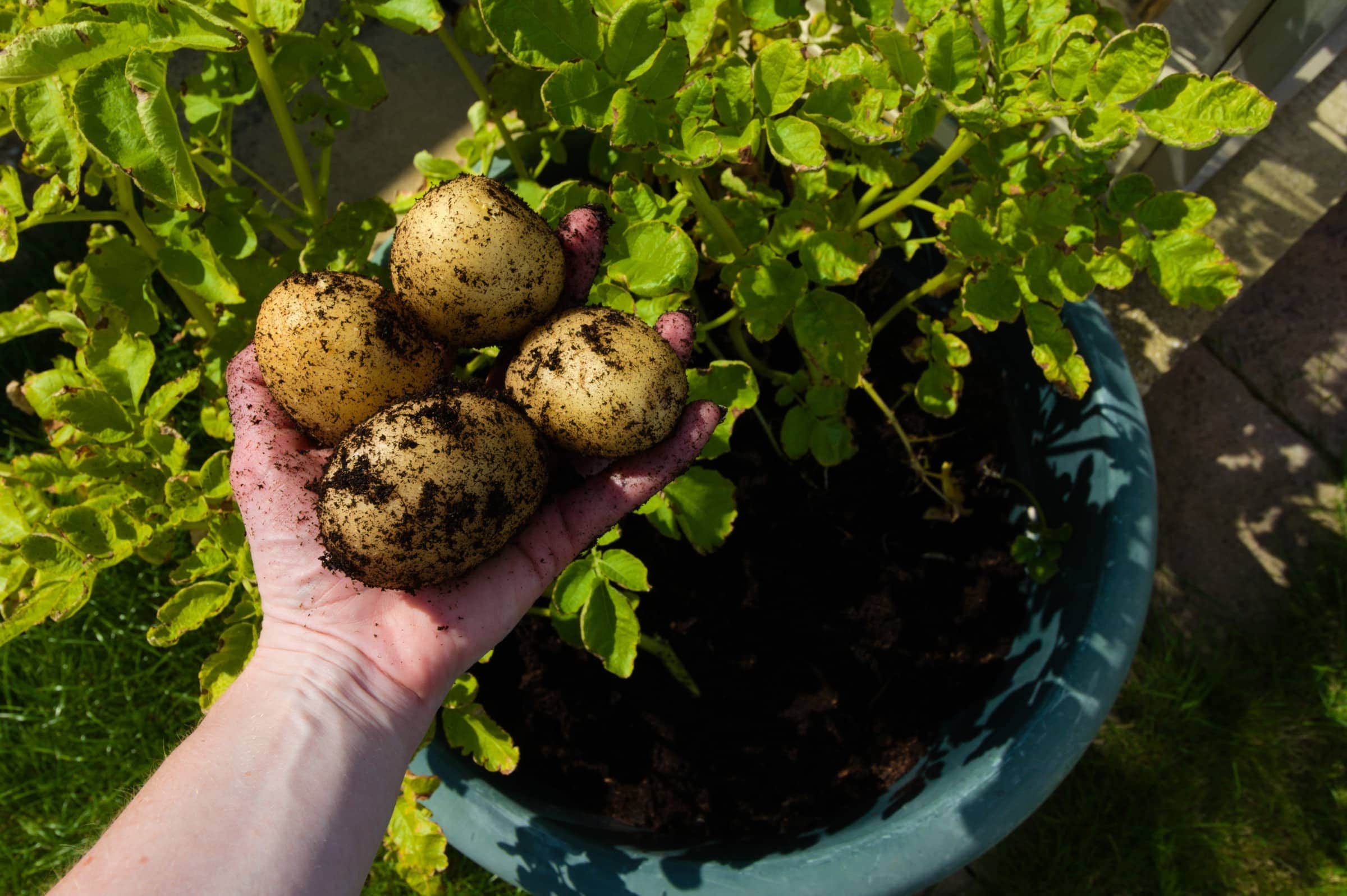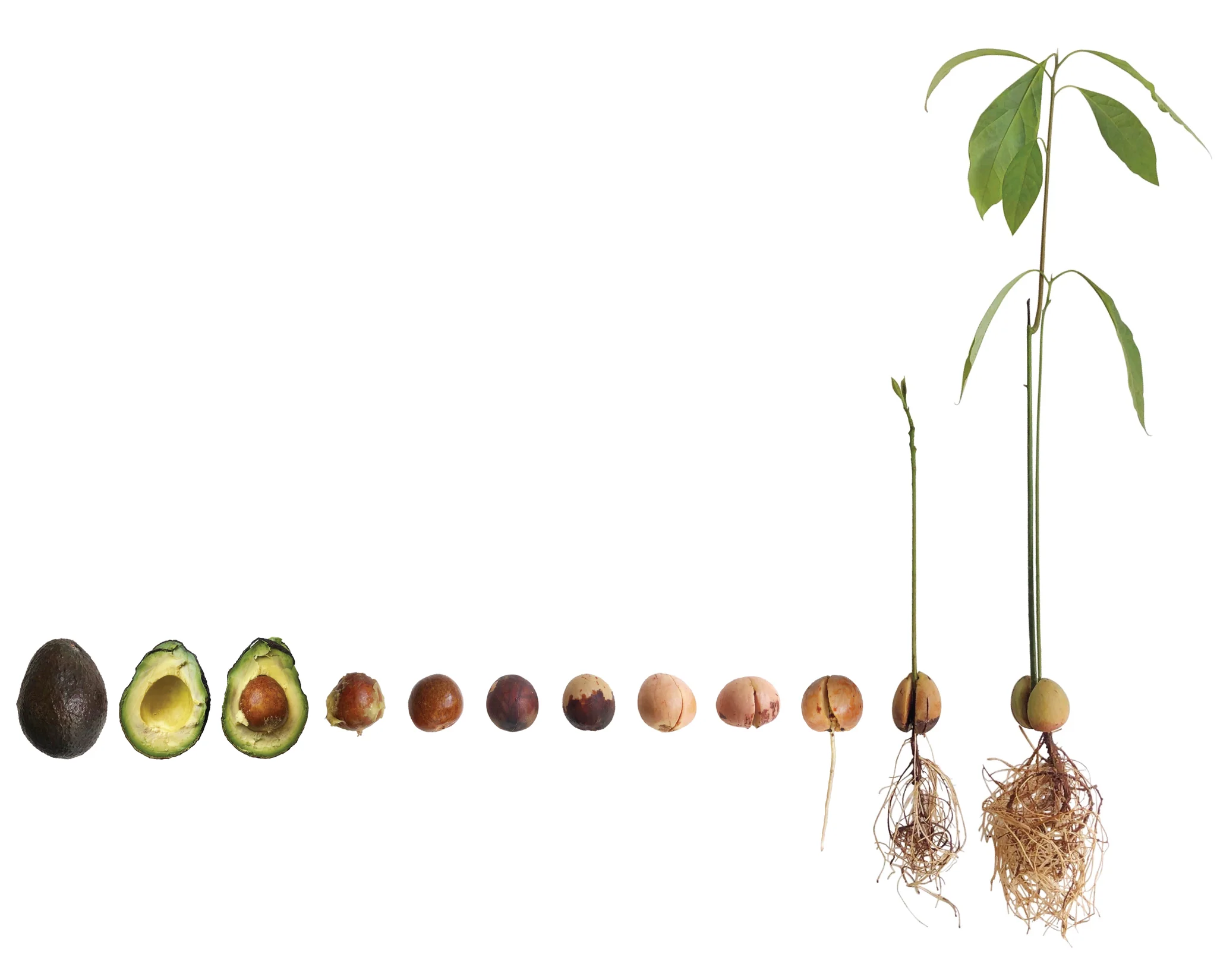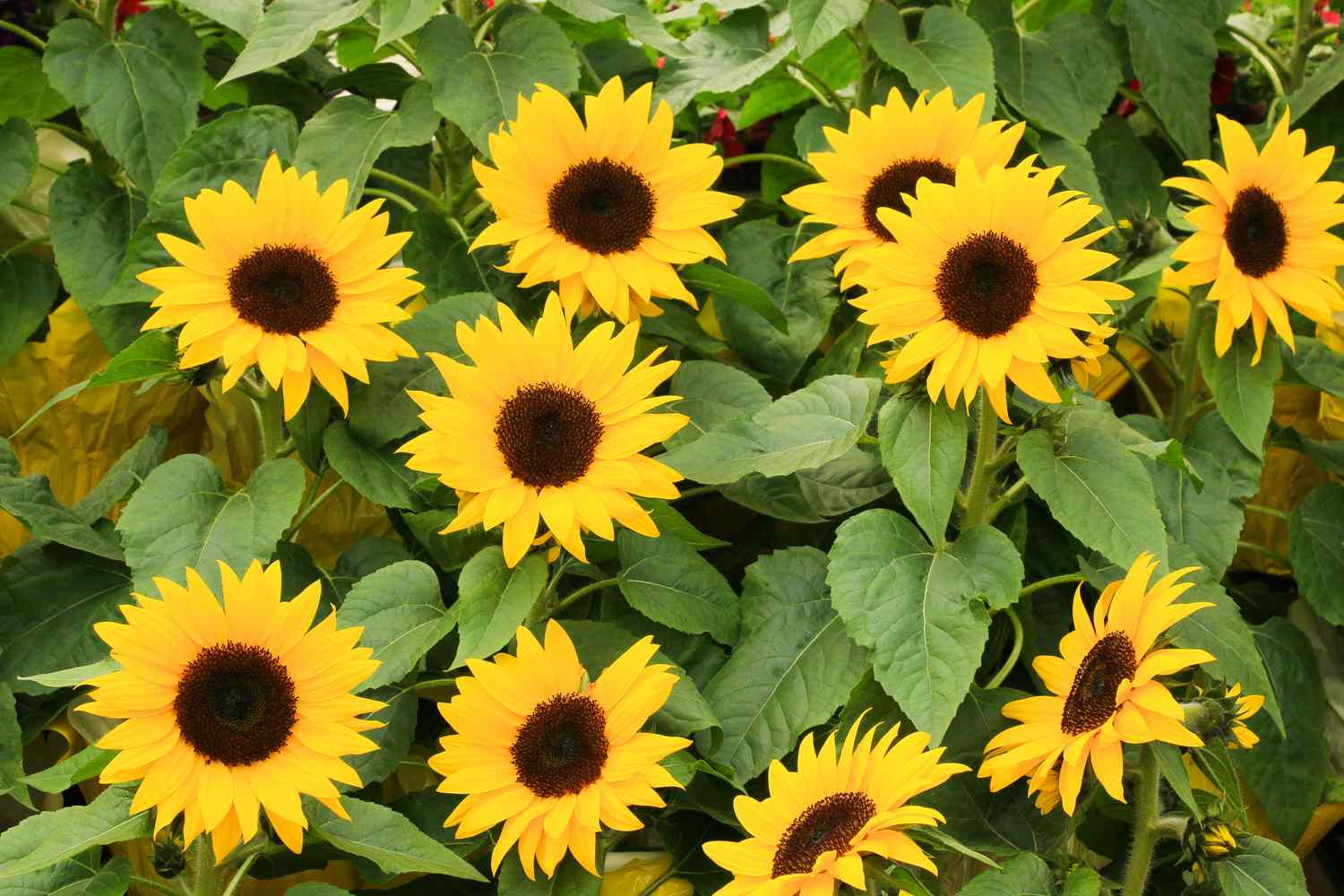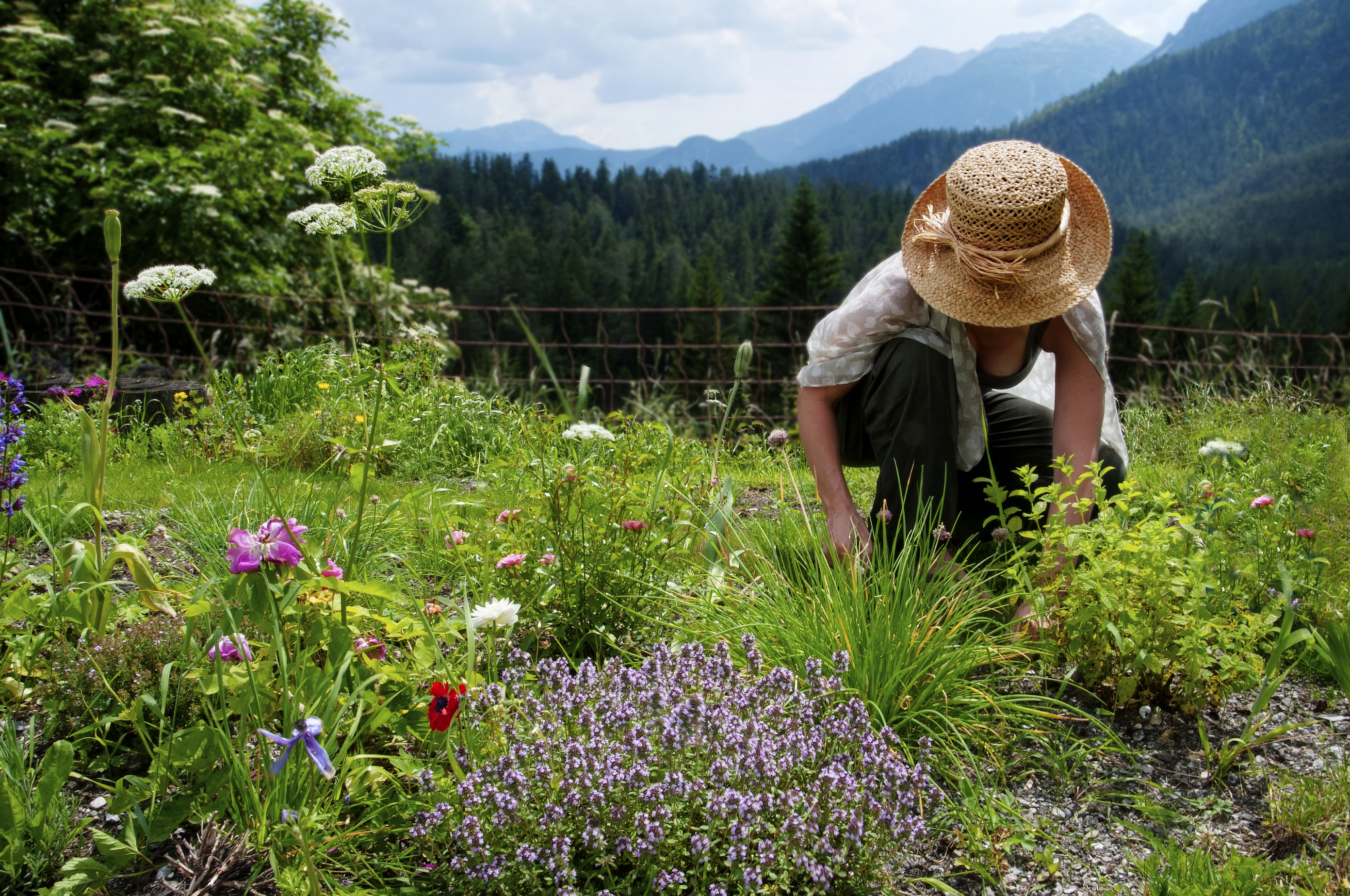Home>Types of Gardening>Ornamental Gardening>How Long Do Dahlia Bulbs Take To Sprout


Ornamental Gardening
How Long Do Dahlia Bulbs Take To Sprout
Published: January 23, 2024
Learn how long it takes for dahlia bulbs to sprout and grow in your ornamental garden. Expert tips and advice for successful dahlia cultivation.
(Many of the links in this article redirect to a specific reviewed product. Your purchase of these products through affiliate links helps to generate commission for Chicagolandgardening.com, at no extra cost. Learn more)
Table of Contents
Introduction
Gardening enthusiasts often find joy in cultivating ornamental plants, and dahlias are a popular choice due to their vibrant blooms and relatively low maintenance. However, the process of growing dahlias from bulbs requires patience and a good understanding of the factors influencing their growth. One common question that arises among gardeners is, "How long do dahlia bulbs take to sprout?"
To provide a comprehensive answer to this query, it's essential to delve into the nature of dahlia bulbs, the factors that affect their sprouting time, and practical tips for expediting the process. By gaining insights into these aspects, gardeners can optimize their dahlia cultivation practices and anticipate the emergence of these beautiful flowers with greater accuracy.
In this article, we will explore the intricacies of dahlia bulbs, shedding light on the variables that influence their sprouting duration. Whether you're a seasoned gardener or a novice enthusiast, understanding the nuances of dahlia growth can enhance your horticultural endeavors and bring forth a bountiful display of colorful blooms. So, let's embark on this horticultural journey and unravel the mysteries of dahlia bulb sprouting!
Understanding Dahlia Bulbs
Before delving into the sprouting time of dahlia bulbs, it’s crucial to grasp the fundamental nature of these underground plant structures. Dahlia bulbs, also known as tubers, are storage organs that house the essential nutrients and energy reserves required for the plant’s growth and development. These bulbous structures are capable of producing new shoots, stems, and roots, enabling the propagation and regrowth of dahlia plants.
Unlike true bulbs, such as those of tulips or daffodils, dahlia tubers do not consist of fleshy scales. Instead, they are characterized by their knobby appearance, with multiple eyes or growing points from which new growth can emerge. These eyes are key to the sprouting process, as they serve as the starting points for the development of shoots that ultimately lead to the formation of lush foliage and striking flowers.
Furthermore, dahlia tubers exhibit a remarkable capacity for storing nutrients, which sustains the plant during periods of dormancy or adverse conditions. This inherent resilience allows dahlias to thrive in diverse environments and endure fluctuations in temperature and moisture levels.
Understanding the unique structure and physiological functions of dahlia bulbs provides valuable insights into their growth patterns and the time required for sprouting. By recognizing the intricate mechanisms at play within these underground reservoirs of life, gardeners can gain a deeper appreciation for the remarkable journey that dahlia bulbs undergo as they transition from dormancy to vigorous growth.
Factors Affecting Sprouting Time
The sprouting time of dahlia bulbs is influenced by a myriad of factors, each playing a significant role in determining the speed and vigor of the emerging growth. Understanding these influential elements is crucial for anticipating the sprouting duration and optimizing the conditions for dahlia cultivation.
- Temperature: Dahlia bulbs respond to temperature variations, with warmer conditions typically expediting the sprouting process. Soil temperatures above 60°F (15°C) are conducive to prompt sprouting, while cooler temperatures may delay emergence.
- Soil Moisture: Adequate soil moisture is essential for initiating the sprouting of dahlia bulbs. Excessively wet or waterlogged soil can impede sprouting and lead to rot, while overly dry conditions may hinder the activation of growth.
- Light Exposure: While dahlia bulbs do not require light to sprout, exposure to sunlight or artificial light sources can influence the subsequent growth and development of emerging shoots. Ensuring appropriate light conditions post-sprouting is vital for robust plant growth.
- Bulb Health and Viability: The overall health and viability of dahlia bulbs significantly impact their sprouting time. Bulbs that are firm, plump, and free from signs of disease or damage are more likely to sprout promptly compared to compromised or deteriorating bulbs.
- Planting Depth: The depth at which dahlia bulbs are planted can affect their sprouting time, with shallower planting depths often resulting in earlier emergence. Proper planting depth allows for easier access to warmth and moisture, facilitating quicker sprouting.
By considering these influential factors, gardeners can strategically manipulate the growing conditions to optimize the sprouting time of dahlia bulbs. Additionally, a nuanced understanding of these variables empowers horticulturists to troubleshoot potential issues and foster an environment conducive to the successful emergence of dahlia growth.
How Long Dahlia Bulbs Take to Sprout
The sprouting duration of dahlia bulbs can vary significantly based on the interplay of environmental factors, bulb health, and specific cultivar characteristics. Generally, dahlia bulbs take approximately 2 to 6 weeks to sprout after being planted, with some variations based on the following factors:
- Temperature: Warmer soil temperatures, ideally above 60°F (15°C), can prompt dahlia bulbs to sprout within 2 to 4 weeks, especially for early-sprouting cultivars. Cooler soil temperatures may prolong the sprouting period, extending it to 4 to 6 weeks or more.
- Bulb Viability: Healthy, viable dahlia bulbs with robust stored nutrients and undamaged growth points tend to sprout more rapidly than compromised bulbs. Bulbs in optimal condition may exhibit sprouting within the lower end of the typical 2 to 6-week range.
- Cultivar Characteristics: Different dahlia cultivars possess varying inherent traits that influence their sprouting time. Some cultivars are known for their early emergence, while others, particularly those bred for late-season blooms, may have a longer sprouting period.
It’s important to note that these time frames are general guidelines, and actual sprouting times can deviate based on the unique conditions of each garden and the specific circumstances surrounding the planting and care of dahlia bulbs. Additionally, regional climate variations and microclimatic factors can impact sprouting times, necessitating a degree of flexibility in anticipating the emergence of dahlia growth.
Observing the gradual transformation of dahlia bulbs as they transition from dormancy to active growth can be a rewarding experience for gardeners. The anticipation of the first tender shoots breaking through the soil surface heralds the forthcoming spectacle of vibrant dahlia blooms, underscoring the enchanting journey of nurturing these captivating ornamental plants.
Tips for Speeding Up Sprouting Process
While the sprouting time of dahlia bulbs is influenced by various natural factors, gardeners can employ strategic measures to expedite the sprouting process and promote robust early growth. Implementing the following tips can help accelerate the emergence of dahlia shoots and enhance the overall success of bulb cultivation:
- Pre-Sprouting Indoors: To jumpstart the sprouting process, consider pre-sprouting dahlia bulbs indoors before the last frost date in your region. This method involves placing the bulbs in pots with moistened soil and exposing them to warmth and indirect light to encourage early growth. Once sprouted, the pre-grown seedlings can be transplanted into the garden for expedited development.
- Optimal Planting Depth: Plant dahlia bulbs at an appropriate depth, typically around 4 to 6 inches (10 to 15 cm) deep, to ensure they have access to adequate warmth and moisture for prompt sprouting. Shallow planting can facilitate quicker emergence, especially in regions with cooler soil temperatures.
- Soil Preparation: Prior to planting, prepare the soil by incorporating organic matter and ensuring proper drainage. Well-draining, nutrient-rich soil can create favorable conditions for dahlia bulbs to initiate sprouting and establish healthy root systems.
- Warm Soil Conditions: Utilize protective measures, such as using black plastic mulch or row covers, to warm the soil in the planting area. Elevated soil temperatures can stimulate earlier sprouting and provide an advantageous environment for dahlia growth.
- Strategic Watering: Maintain consistent soil moisture without waterlogging, as excessively wet conditions can impede sprouting. Water the planting area as needed to keep the soil slightly moist, facilitating the activation of growth without subjecting the bulbs to excessive moisture stress.
- Appropriate Fertilization: Apply a balanced fertilizer or organic amendments to the soil before planting to provide essential nutrients for the emerging dahlia growth. A nutrient-rich soil environment can support vigorous sprouting and robust early development.
By judiciously applying these tips, gardeners can optimize the conditions for dahlia bulb sprouting and foster a conducive environment for the swift and healthy emergence of new growth. These proactive measures not only expedite the sprouting process but also contribute to the overall vitality and resilience of dahlia plants as they progress through the stages of growth and blooming.
Conclusion
Embarking on the journey of cultivating dahlia bulbs unveils a captivating process that intertwines the resilience of nature with the nurturing care of gardeners. Understanding the intricate dynamics of dahlia sprouting, from the fundamental nature of bulbs to the influential factors shaping their emergence, equips horticulturists with the knowledge to optimize the growth of these beloved ornamental plants.
As dahlia bulbs transition from dormancy to sprouting, the interplay of temperature, moisture, bulb health, and cultivar characteristics orchestrates a symphony of growth, each note contributing to the eventual emergence of vibrant foliage and radiant blooms. The anticipation and patience required during this phase are rewarded with the enchanting spectacle of dahlia flowers, a testament to the artistry of nature and the dedication of gardeners.
By implementing strategic measures to expedite the sprouting process and fostering an environment conducive to early growth, gardeners can enhance the vibrancy and resilience of their dahlia plants. From pre-sprouting indoors to optimizing planting depth and soil conditions, these proactive steps empower enthusiasts to orchestrate an earlier and more bountiful display of dahlia beauty.
Ultimately, the journey of dahlia bulb sprouting embodies the harmonious collaboration between the forces of nature and the thoughtful intervention of gardeners. As the first tender shoots emerge from the soil, heralding the promise of forthcoming blooms, the profound connection between humans and the natural world is illuminated, reaffirming the timeless allure of ornamental gardening and the enduring splendor of dahlia cultivation.






